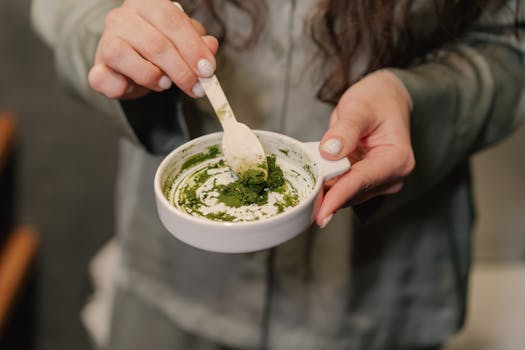
Takeaways
- Mindfulness can significantly reduce stress and improve mental clarity.
- Simple techniques like deep breathing and mindful walking can be incorporated into your daily routine.
- Practicing mindfulness regularly enhances overall well-being and emotional resilience.
Understanding Mindfulness


The Benefits of Mindfulness for Stress Relief

- Reduced Anxiety: Mindfulness helps in recognizing anxious thoughts without getting caught up in them.
- Improved Concentration: Regular practice enhances your ability to focus on tasks at hand.
- Emotional Regulation: Mindfulness encourages a better understanding of your emotions, allowing for healthier responses.
- Enhanced Resilience: Practicing mindfulness builds emotional strength and resilience against stressors.
Simple Mindfulness Techniques to Incorporate into Your Daily Life

1. Deep Breathing
Deep breathing is one of the simplest yet most effective mindfulness techniques. It helps to calm the mind and reduce physical tension. To practice deep breathing, follow these steps:
- Find a comfortable position, either sitting or lying down.
- Close your eyes and take a slow, deep breath in through your nose, allowing your abdomen to expand.
- Hold your breath for a moment.
- Exhale slowly through your mouth, feeling the tension release.
- Repeat this process for several minutes, focusing solely on your breath.
2. Body Scan Meditation
A body scan is a powerful technique that promotes relaxation and awareness of bodily sensations. Here’s how to do a body scan:
- Lie down in a comfortable position and close your eyes.
- Begin by focusing on your toes, noticing any sensations or tension.
- Gradually move your focus up your body, paying attention to each part, including your feet, legs, abdomen, chest, and head.
- If you encounter tension, imagine breathing into that area and releasing it with each exhale.
3. Mindful Walking
Mindful walking is a fantastic way to incorporate mindfulness into your daily routine while getting some exercise. To practice mindful walking:
- Find a quiet space where you can walk without distractions.
- Walk slowly and pay attention to the sensations of your feet touching the ground.
- Notice the rhythm of your breath as you walk.
- Observe your surroundings, the colors, sounds, and smells, without judgment.
4. Mindful Eating
Transform your meals into mindfulness practices by focusing on the experience of eating. Here’s how to practice mindful eating:
- Choose a meal or snack and sit down at a table, free from distractions.
- Observe the colors, textures, and aromas of your food.
- Take small bites and chew slowly, savoring each flavor.
- Notice how your body feels as you eat, paying attention to hunger and fullness cues.
5. Gratitude Journaling
Gratitude journaling combines mindfulness with reflection. At the end of each day, take a moment to write down three things you are grateful for. This practice shifts your focus from stressors to positive experiences and fosters a sense of appreciation.
Incorporating Mindfulness into Your Daily Life

- Set Aside Time: Dedicate a specific time each day for mindfulness practice, even if it’s just 5-10 minutes.
- Create Reminders: Use phone alarms or sticky notes to remind yourself to pause and practice mindfulness.
- Be Patient: Mindfulness is a skill that takes time to develop. Be patient with yourself as you learn.
- Engage with Nature: Spend time outdoors, focusing on the natural world to enhance your mindfulness practice.
By incorporating these mindfulness techniques into your daily routine, you can effectively manage stress and cultivate a greater sense of calm and well-being.






